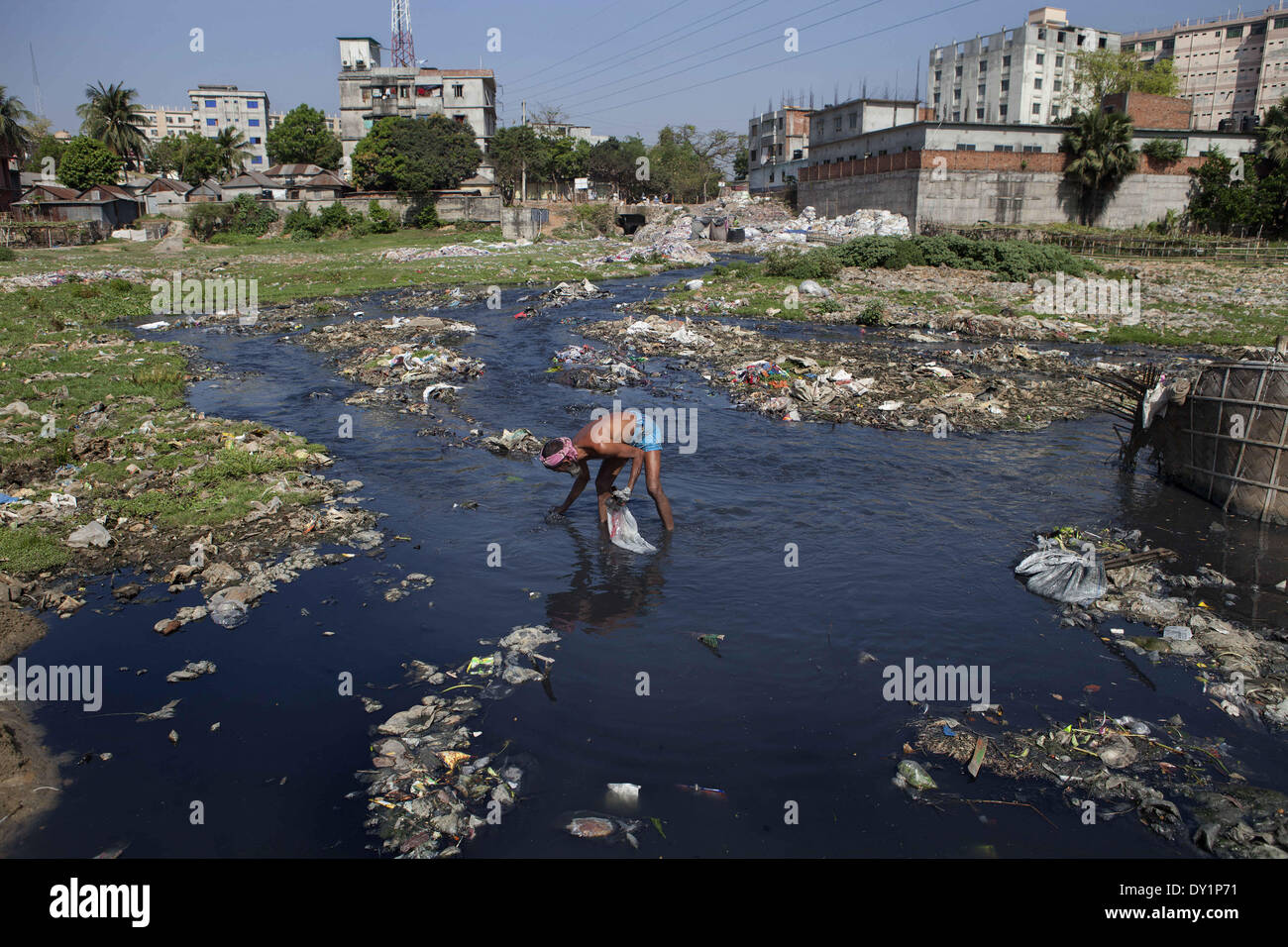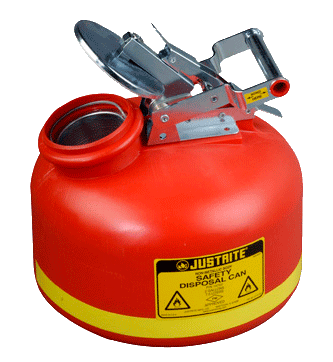Industrial Wastewater Treatment: Custom Solutions for Complicated Wastewater Obstacles
Industrial Wastewater Treatment: Custom Solutions for Complicated Wastewater Obstacles
Blog Article
Understanding the Comprehensive Process of Fluid Garbage Disposal: Finest Practices and Environmental Effect Factors To Consider
The management of fluid garbage disposal is a complex concern that requires a complete understanding of various ideal methods and their associated ecological impacts. From the kinds of liquid waste produced to the approaches employed for collection, treatment, and last disposal, each step plays an important function in securing communities and public wellness. As governing standards develop and technology breakthroughs, the conversation around these processes becomes progressively important. What effects do these changes hold for future sustainability efforts, and how can stakeholders ensure that they are sufficiently attended to?
Kinds of Liquid Waste
Comprehending the numerous kinds of fluid waste is necessary for efficient management and disposal techniques. Liquid waste can be extensively categorized into a number of kinds, each requiring special handling and treatment approaches.
Industrial fluid waste commonly consists of dangerous materials, including hefty metals, solvents, and chemicals, generated during making procedures. These wastes necessitate rigorous governing conformity to safeguard human wellness and the atmosphere. Domestic fluid waste largely describes wastewater created from families, including sewage and greywater, which, although less harmful, can still posture substantial risks if improperly taken care of.
Agricultural fluid waste, consisting of runoff from farms, commonly has fertilizers and chemicals that can lead to ecological destruction if not dealt with sufficiently. Clinical liquid waste, created from healthcare centers, consists of contaminated liquids such as bodily liquids and chemicals, calling for specialized disposal approaches to avoid infection and environmental contamination.
Finally, oil and oil waste, typically generated by dining establishments and automotive markets, can create serious blockages in drain systems otherwise managed effectively. Comprehending these categories helps with targeted techniques for therapy, conformity with laws, and effective disposal techniques, inevitably promoting environmental sustainability and public health and wellness safety and security.

Collection Techniques
Effective collection methods are important for the appropriate administration of liquid waste, making sure that it is collected securely and efficiently before therapy or disposal. Numerous methods are used depending on the kind of liquid waste generated, the volume, and the particular qualities of the waste.
One common approach is making use of dedicated collection storage tanks or sumps, which are created to catch liquid waste at the resource. These systems frequently include pumps that help with the transfer of waste to bigger storage space containers or treatment centers. Furthermore, mobile collection units equipped with vacuum cleaner innovation are employed in scenarios where waste is created intermittently or in hard-to-reach locations.
For commercial settings, closed-loop systems can properly decrease leaks and spills, enabling the recuperation and reuse of fluid waste. It is likewise important to train workers on appropriate collection protocols to minimize threats associated with hazardous materials.
Moreover, carrying out normal maintenance schedules for collection equipment makes sure optimum efficiency and safety. The combination of advanced monitoring systems can boost collection performance by supplying real-time information on waste degrees and potential dangers. Overall, reliable collection approaches are foundational to lasting liquid waste monitoring techniques.
Therapy Processes
Therapy procedures play a crucial function in the administration of fluid waste, changing possibly dangerous products into multiple-use resources or safe effluents - liquid waste disposal. These procedures can be generally classified right into physical, chemical, and organic approaches, each customized to address specific contaminants existing in the waste stream
Physical treatment methods, such as sedimentation and filtering, work by removing suspended solids and particle matter. These strategies are typically the initial step in the treatment chain, properly minimizing the lots on subsequent processes. Chemical therapies include the use of reagents to neutralize harmful substances, precipitate heavy metals, or oxidize organic contaminants, therefore boosting the safety and security of the effluent.
Biological therapy processes, consisting of triggered sludge systems and anaerobic digestion, profit from the natural capacities of bacteria to deteriorate raw material. These approaches are especially reliable for wastewater containing naturally degradable pollutants. Advanced treatment technologies, such as membrane filtering and progressed oxidation procedures, are progressively used to accomplish higher degrees of filtration.
Integrating a mix of these therapy methods not only makes certain compliance with governing criteria but additionally promotes ecological sustainability by recouping beneficial resources from fluid waste.
Disposal Options
Just how can organizations make certain the secure and liable disposal of liquid waste? Effective disposal choices are crucial for protecting public health and the environment. The primary techniques consist of land incineration, treatment, and disposal complied with by discharge right into community wastewater systems.
Land disposal includes the cautious containment of liquid waste in assigned garbage dumps, making certain that it does not leach right into surrounding dirt or water. Incineration, on the other hand, topics liquid waste to heats, converting it into ash and gases, which call for correct filtration to minimize discharges. This technique useful source is suitable for contaminateds materials that can not be dealt with with traditional ways.
In cases where fluid waste can be treated, companies might go with chemical or organic therapy processes to reduce the effects of unsafe components before discharging the treated effluent right into community systems. This course typically lines up with governing needs, guaranteeing that the effluent fulfills safety and security standards.
Inevitably, organizations need to conduct comprehensive assessments of each disposal choice to determine its viability, thinking about variables such as waste make-up, see this website governing compliance, and prospective risks to wellness and the atmosphere. By picking ideal disposal methods, services can contribute to an accountable waste monitoring technique.
Ecological Effect
The environmental effect of fluid waste disposal is an important factor to consider for organizations looking for to reduce their ecological impact. Additionally, the discharge of neglected or inadequately dealt with waste right into surface waters can result in eutrophication, leading to oxygen exhaustion and the succeeding fatality of fish and various other microorganisms.

To mitigate these impacts, companies need to embrace finest methods such as applying extensive waste treatment processes, promoting recycling and reuse, and sticking to regulatory criteria. By taking a proactive strategy to liquid waste management, entities can substantially minimize their ecological footprint while supporting lasting growth goals. Eventually, a comprehensive understanding of the environmental effects connected with liquid waste disposal is crucial for notified decision-making and responsible stewardship of all-natural resources.
Conclusion
Effective management of fluid waste is essential for safeguarding environmental integrity and public you could try here wellness. Inevitably, a thorough understanding of fluid waste disposal not only alleviates ecological effects yet also fosters a dedication to liable resource monitoring and ecological stewardship.
The administration of liquid waste disposal is a diverse concern that calls for a thorough understanding of various best practices and their connected environmental impacts. From the kinds of fluid waste generated to the approaches employed for collection, therapy, and final disposal, each step plays an important function in safeguarding ecosystems and public health and wellness.The ecological effect of liquid waste disposal is a crucial consideration for companies looking for to decrease their eco-friendly footprint. Ultimately, a thorough understanding of the ecological impacts linked with liquid waste disposal is crucial for informed decision-making and liable stewardship of all-natural sources.
Ultimately, a comprehensive understanding of liquid waste disposal not just minimizes environmental impacts however likewise fosters a commitment to accountable resource management and ecological stewardship.
Report this page